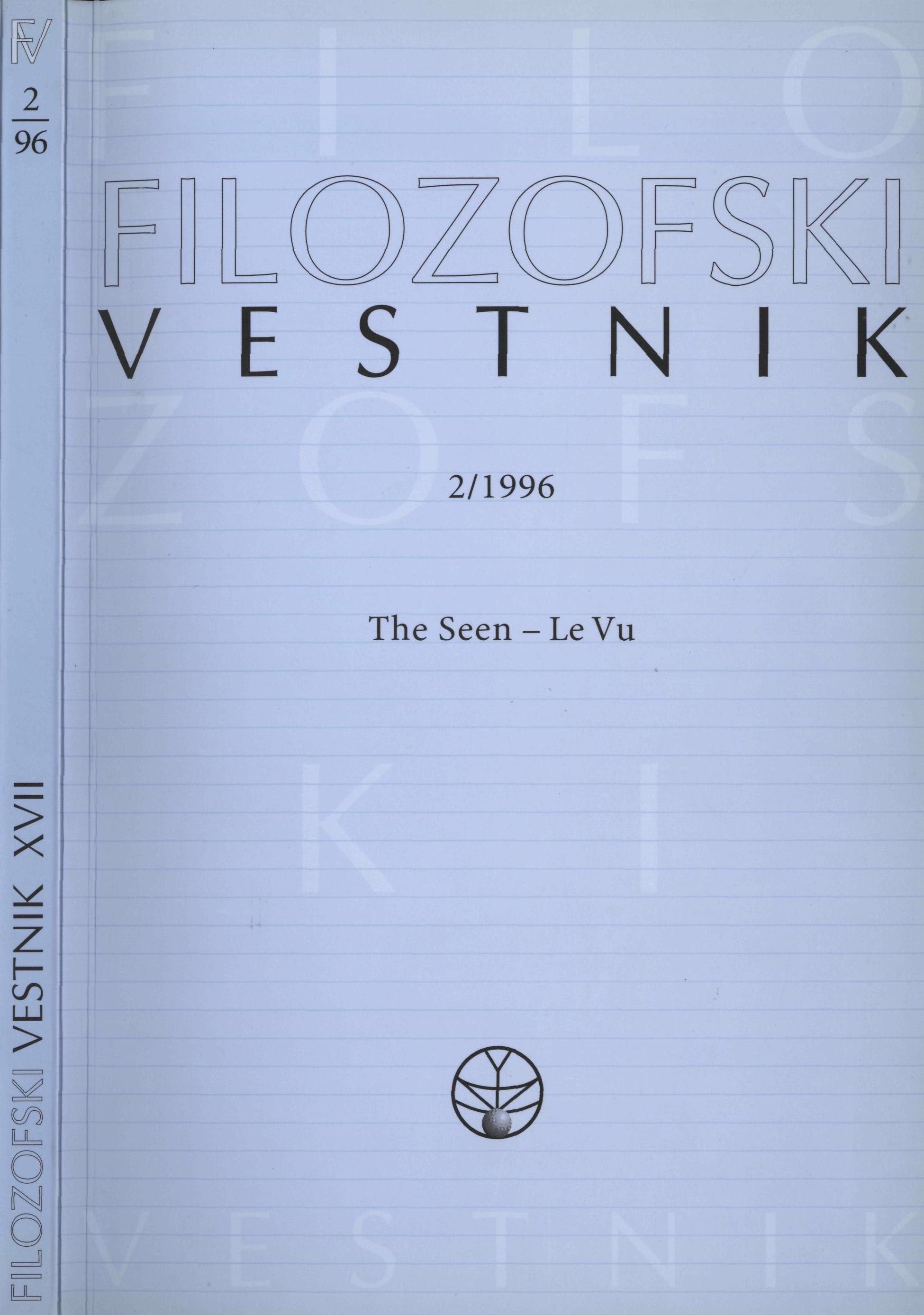Propad spomenikov ali: kaj lahko in česa ne moremo pokopati
Povzetek
Članek je posvečen usodi spomenikov sovjetske dobe v letih 1991-1996. Po neuspelem državnem udaru avgustu 1991 so množice jeznih ikonoklastov zmetale s podstavkov vrsto najbolj znanih moskovskih spomenikov. Ta dogodek je spodbudil mednarodno skupino umetnikov, da so predlagali spremeniti Moskvo v »vrt totalitarnega kiparstva«, s čimer bi poprejšnjim propagandnim delom dali nekakšen arhivski status. Zaradi večih razlogov se je zamisel na prvi pogled zdela imenitna. Njena edina pomanjkljivost je bila, da je tistim, ki so izvajali projekt, primanjkovalo distance, ki bi jim omogočila poigravati se s Terorjem in njegovimi referenti. Projekt so umaknili. V Moskvi delujoči fotograf Igor Muhin je nasprotno pričel dokumentirati propad tisočev in tisočev podeželskih spomenikov na terenu. Izkazalo se je, da so bolj podlegali slabim vremenskim razmeram, spontanemu vandalizmu ter pomanjkanju skrbi kakor pa globokim političnim razlogom. Avtor uporabi Benjaminova in Derridajeva besedila o Moskvi, da bi definiral status »sedanjega trenutka« v ruski zgodovini (močno ponavljujoči se v svoji domnevni enkratnosti). »Nezaslišane« lastnosti sedanjosti se izkažejo kot še ena zbirka sledov.Prenosi
Podatki o prenosih še niso na voljo.
Prenosi
Objavljeno
2016-01-24
Kako citirati
Ryklin, M. (2016). Propad spomenikov ali: kaj lahko in česa ne moremo pokopati. Filozofski Vestnik, 17(2). Pridobljeno od https://ojs.zrc-sazu.si/filozofski-vestnik/article/view/3954
Številka
Rubrike
Articles
Licenca
Avtorji jamčijo, da je delo njihova avtorska stvaritev, da v njem niso kršene avtorske pravice tretjih oseb ali kake druge pravice. V primeru zahtevkov tretjih oseb se avtorji zavezujejo, da bodo varovali interese založnika ter da bodo povrnili morebitno škodo.
Podrobneje v rubriki: Prispevki





